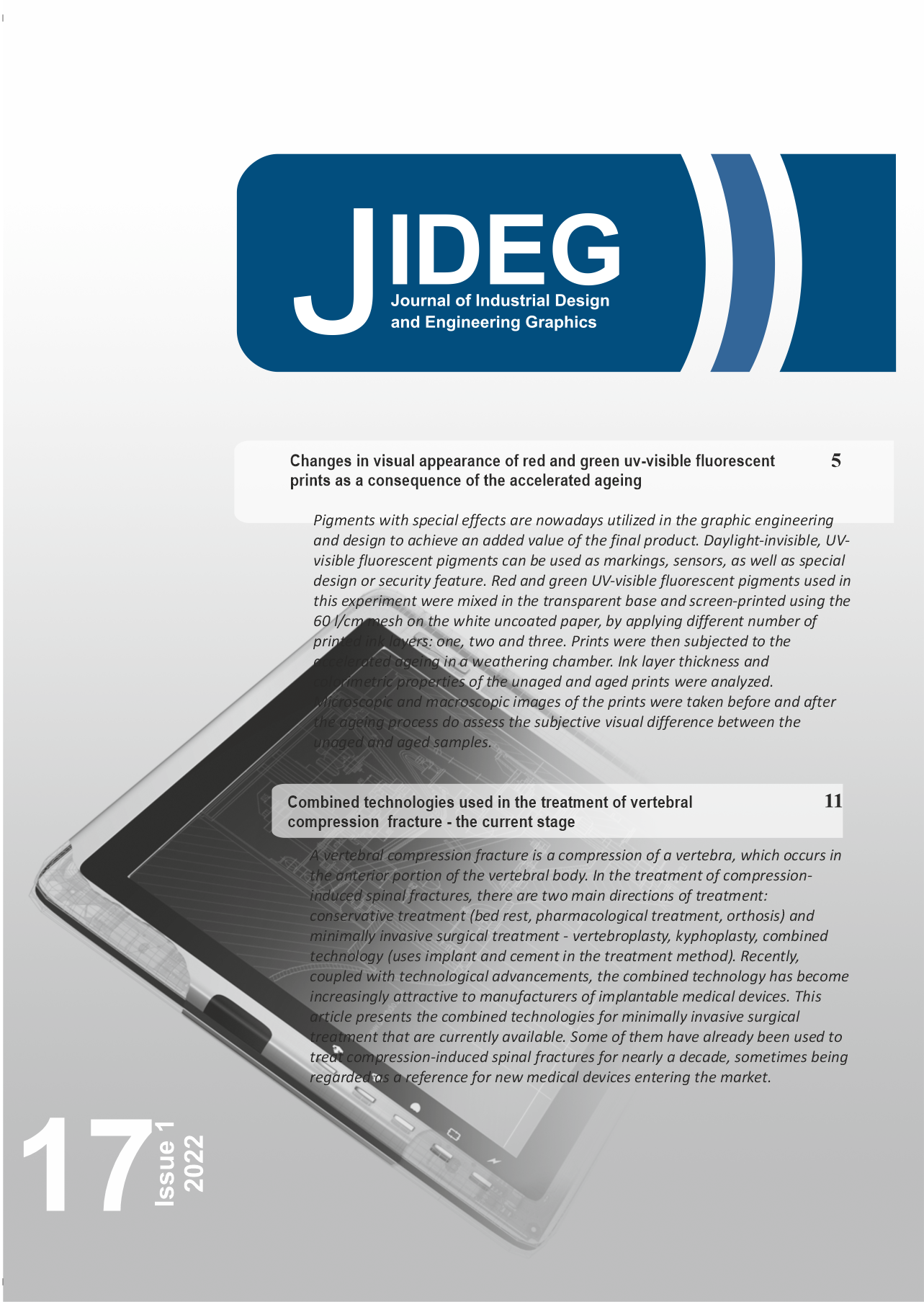THE USE OF TWISTED SURFACES AS A SOURCE OF INSPIRATION IN ARCHITECTURAL CONCEPTS
Keywords:
descriptive geometry, helical surface, education, architectural design, architectural spaceAbstract
In the creative activity of any field we rely on scientific, technological and artistic interdisciplinarity, through which any designer manifests itself as a creative being, capable of capitalizing and enriching nature. Nature, in turn, provides inspiration for various efficient structural forms The spiral found in various forms in nature is interpreted and applied to architectural concepts. These architectural concepts are adapted to technical and constructive thinking through descriptive geometry, developing other structural geometric shapes. This paper analyses the ways in which descriptive geometry, through helical surfaces, allows architecture students to create volumes and architectural spaces, and especially to understand the role they play in the development of spatial thinking, to understand the different geometric patterns we find in nature.
Downloads
References
http://clearlyexplained.com/mathematics/index.html. Accessed on: 2022-03-23.
Graur, A. M., Marza, C., Corsiuc, G. (2018). The helical surfaces and their application in students works. in: Mongeometrija 2018, Faculty of Technical Science, University of Novi Sad, Conference Proceedings, pp. 575-584.
Mârza C., Iacob G. (2010). Representation methods from the curricular area of descriptive geometry, put in agreement with the law for quality assurance in higher education, moNGeometrija 2010, Belgrad, Serbia, editia a II-a.
Gogu, M., Olariu, F. (1999). Descriptive Geometry (Geometrie descriptiva), UTCN, C.Z.U. 514.14:744(075.8), Cluj-Napoca.
https://en.wikipedia.org/wiki/Persoonia_helix. Accessed on: 2022-03.
Patriciu, A., M. (2010). On some H3 - helicoidal surfaces and their parallel surfaces at a certain distance in 3 - dimensional Minkowski space, Annals of the University of Craiova, Mathematics and Computer Science Series Volume 37(4), p. 93-98, ISSN 1223-6934.
https://en.wikipedia.org/wiki/Romanesco_broccoli. Accessed on: 2022-03.
https://en.wikipedia.org/wiki/Romanesco_broccoli#:~:text=Romanesco%20broccoli%20(also%20known%20as,form%20naturally%20approximating%20a%20fractal. Accessed on: 2022-03.
Precupetu, P. (1987). Descriptive geometry problems with technical applications, Ed. Tehnica, Bucuresti, p.259.
https://landscapeplants.oregonstate.edu/plants/araucaria-cunninghamii. Accessed on: 2022-03.
Enache, E., Ionescu, I. (1983). Descriptive Geometry and Perspective, Ed. Didactica ?i Pedagogica, Bucure?ti.
Randelovic, D. (2012). Surface geometry as an impression of contemporary arhitectonic forms, moNGeometrija 2012, pp. 213-221, ISBN 978-86-7892-405-7, Novi Sad, Serbia, June 2012, Faculty of Technical Sciences Novi Sad
https://dynamicforms.photo/wp-content/uploads/ 2017/12/turning-torso-malmo-sweden-dynamic-forms-architecture-photography-001.jpg. Accessed on: 2022-03.
Mârza, C., Cîmpean, D., Corsiuc, G.(2015). About the geometry and the applications of the twisted surfaces, Journal of Industrial Design & Engineering Graphics, Special Issue, Vol. 10, p. 39-44.
https://www.ignant.com/2015/09/24/a-spiralling-ribbon-chapel-by-hiroshi-nakamura-nap-co/ Accessed on: 2022-04. Accessed on: 2022-03.
Hiroshi Nakamura & NAP (2019). JA 114 Summer, (English and Japanese Edition). ISBN 978-4-7869-0260-4 Japanese Edition | by EThe Japan Architect | Oct 15.
https://wb-sg.com/projects/reichstagdome/ Accessed on: 2022-02.
http://www.johnandsue.org.uk/greatr9.jpg. Accessed on: 2022-03.

Downloads
Published
Issue
Section
License
Copyright (c) 2022 Journal of Industrial Design and Engineering Graphics

This work is licensed under a Creative Commons Attribution-NonCommercial 4.0 International License.






